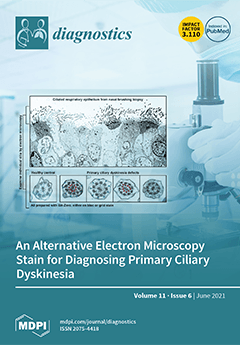A few randomized trials have compared impedance-compensated biphasic defibrillators in clinical use. We aim to compare pulsed biphasic (PB) and biphasic truncated exponential (BTE) waveforms in a non-inferiority cardioversion (CVS) study. This was a prospective monocentric randomized clinical trial. Eligible patients admitted for elective CVS of atrial fibrillation (AF) between February 2019 and March 2020 were alternately randomized to treatment with either a PB defibrillator (DEFIGARD TOUCH7, Schiller Médical, Wissembourg, France) or a BTE high-energy (BTE-HE) defibrillator (LIFEPAK15, Physio-Control Inc., Redmond, WA, USA). Fixed-energy protocol (200–200–200 J) was administered. CVS success was accepted if sinus rhythm was restored at 1 min post-shock. The study design considered non-inferiority testing of the primary outcome: cumulative delivered energy (CDE). Seventy-three out of 78 randomized patients received allocated intervention: 38 BTE-HE (52%), 35 PB (48%). Baseline characteristics were well-balanced between groups (
p > 0.05). Both waveforms had similar CDE (mean ± standard deviation, 95% confidence interval): BTE-HE (253.9 ± 120.2 J, 214–293 J) vs. PB (226.0 ± 109.8 J, 188–264 J),
p = 0.31. Indeed, effective PB shocks delivered significantly lower energies by mean of 25.6 J (95% CI 24–27.1 J,
p < 0.001). Success rates were similar (BTE-HE vs. PB): 1 min first-shock (84.2% vs. 82.9%), 1 min CVS (97.4% vs. 94.3%), 2 h CVS (94.7% vs. 94.3%), 24 h CVS (92.1% vs. 94.3%),
p > 0.05. Safety analysis did not find CVS hazards, reporting insignificant changes of myocardial-specific biomarkers, transient and rare ST-segment deviations, and no case of harmful tachyarrhythmias and apnea. Cardioversion of AF with fixed-energy protocol 200–200–200 J was highly efficient and safe for both PB and BTE-HE waveforms. These similar performances were achieved despite differences in the waveforms’ technical design, associated with significantly lower delivered energy for the effective PB shocks. Clinical Trial Registration: Registration number: NCT04032678, trial register: ClinicalTrials.gov.
Full article






